" ... a wonderful piece of Indian architecture and far exceeded everything of its kind upon whole island. It is a long square of stonework built pyramadically. On the middle of the top stood the figure of the bird carved in wood ... Near to this marae were several small ones, ... and on the beach between them and the sea lay great quantities of human bones ..."
Capt. James Cook about marae on Tahiti, 1769
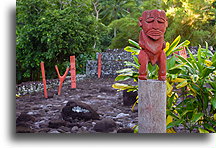
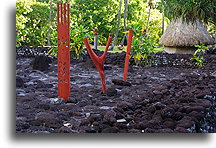
The life of ancient Polynesians was centered on religion. All social, political, and family gatherings happened in and around sanctuaries called marae. The marae was a place of worship where gods and ancestors were honored, but they also expressed social status, property rights, and the rank of a clan. Not many ancient structures survive to this day. Most of them were destroyed by Polynesians themselves, only a few reconstructed by archeologists stand today.
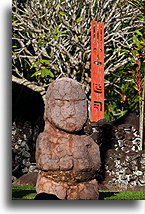
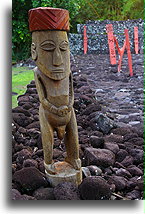
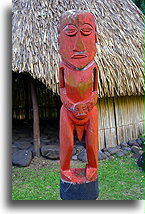
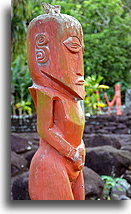
There were many different types of marae in the Polynesia, private, family and ancestral marae, public and chiefs marae. They were used for different occasions like religious ceremonies or political, collective and family meetings.
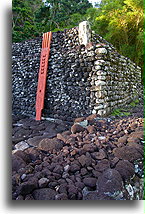
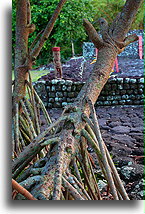
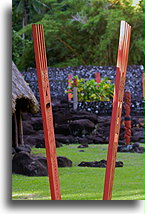
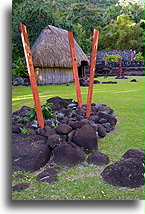
Completely restored Marae Arahurahu in Tahiti, French Polynesia contains flat platform with two-stepped ahu at its end, that was reserved for gods and the spirits of the ancestors. The walled area called tahua has several stylized woodcarvings called unu and symbolizing messengers of the gods. Many backrest stones (turui ) mark places for an important people during the ceremonies. Reconstructed is also fare ia manaha, the house for the priests and guardians of this marae.




